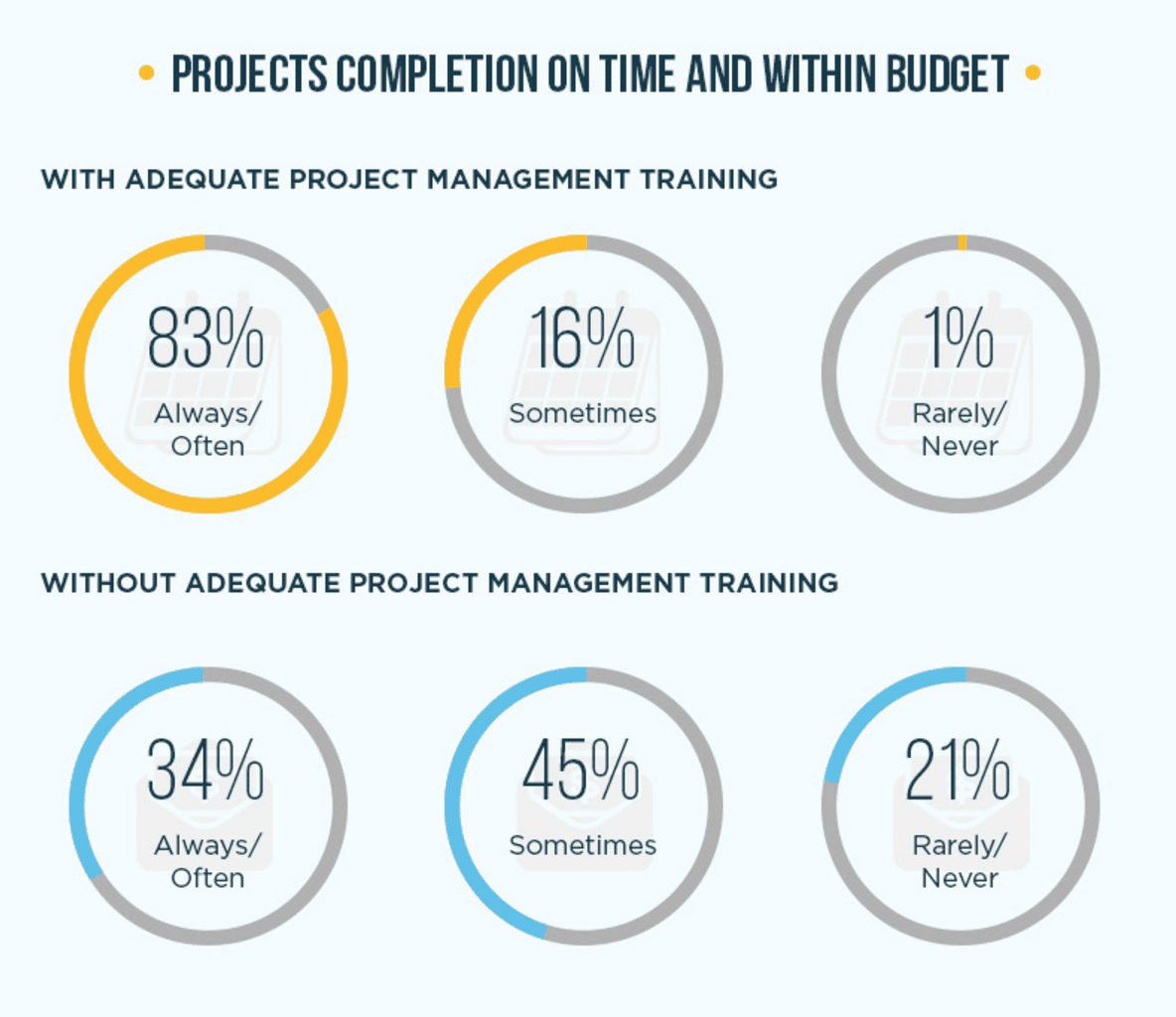
Avoid the End-of-Project Rush
Has your project team found its members frantically trying to pull together loose ends and searching for wayward information as a project winds down? Even

Has your project team found its members frantically trying to pull together loose ends and searching for wayward information as a project winds down? Even

The majority of project teams are acutely aware of the importance of planning for contingency expenditures when it comes to developing realistic budgets. There are

Reaching the elite Final Four is the aim of every college basketball team. From the beginning of the season through the last few games, players

The drive to increase transparency is a top-level mission in many organizations. It’s also a priority for Project Teams, where activities typically occur under intense

Project teams rely on all sorts of resources, from contract labor to inter-departmental assistance to external expertise, and raw manufacturing materials to leading edge communication

When winter storms hit, we’re reminded of the need to be prepared—with flashlights, snow shovels, spare tires. Project teams must also be ready to move

The budget process is often fairly clear cut, with reviews and approvals a well-worn process. But some project teams continue to make a handful of

It’s not surprising to learn that lack of adequate project management training for team members can have a devastating impact on your project timelines and

Like most tools available to PMP®s, the project post-mortem can be either more or less valuable depending on how effectively it’s utilized. And though teams

Making changes to internal processes can be extraordinarily difficult. Most processes—though they’re often linear in design—have branches that connect with other process, that impact other

We partner with our clients to provide mission-critical project management solutions.
Corporate Headquarters
3355 Lenox Road
Suite 750
Atlanta, GA 30326
Toll-free (US): 866.808.3735
International: +1.770.938.4947
Fax: 770.234.6997
PMP, PMI, PMBOK, CAPM are registered marks of the Project Management Institute, Inc.
We use cookies to enhance your browsing experience, analyze site traffic, and personalize content. By continuing to use our site, you consent to our use of cookies.